In the late 1970s, the skateboard was a concept largely signified by the ‘banana board,’ a slightly derogatory but perfectly apt term for cheap, pocket-sized boards characterised by vibrantly coloured plastic platforms.
Unfortunately for their manufacturers, an aggressive new style of skateboarding was fast emerging. New developments demanded new types of rolling stock, rendering the banana board old fashioned overnight. They subsequently disappeared from view – until the last couple of years, when suspiciously similar-looking boards quietly rolled into skate stores under a brand new moniker: ‘Retro Vinyl Cruisers’.
Could this reappearance be a signifier of stagnation in skateboarding, or is this visitation from a past age an invitation to rediscover a fundamental element of the sideways life?
The Rise And Fall Of The Banana
Across its 60-year history, skateboarding has constantly developed – both in the physical element, as new riders come in and push the sport in new directions, but also in the way it talks about itself: through skateboard designs, as well as through the urban folk art of its participants expressed in fashion, graffiti and customisation of equipment.
In the infancy of skateboarding, many different board formats were tried and discarded, and by the early 1970s, development zeroed in on the elongated lozenge pattern. This became the basis for the banana board, when entrepreneurial overseas manufacturers saw an opportunity for a mass-market product by swapping the wood element for the cheaper injection-moulded vinyl.
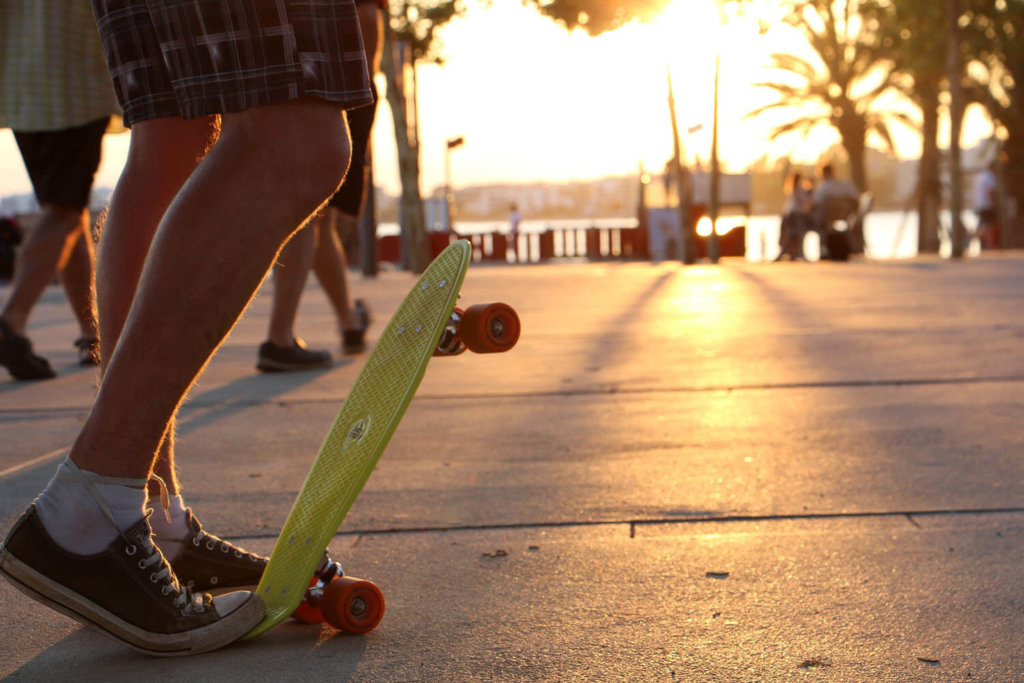
By the 1980s, professional level-boards began to use steam-pressed Canadian maple ply in their construction, a flexible material easily able to absorb increasing levels of shock arising from new gravity-defying manoeuvres. Boards became wider and more outlandishly shaped in a bid to assist with the developing trickery. Key to these developments were manufacturing companies now run by skaters themselves, a band of idiosyncratic characters inspired by the antics of the ‘Z-Boys’, the legendary skateboard team who ignited a powder keg of potential for skateboarding through a combination of literally revolutionary athletic talent and a confrontational attitude.
Under this influence, the skate scene grew more akin to rock and roll than a parent-pleasing wholesome hobby. The increased media coverage installed a strong mythology in these flamboyant new companies, their product and their associated team riders.
Although for many skate enthusiasts the banana board had been a point of entry, with such enticing competition, a militant dislike developed towards what were now considered as ‘useless plastic toys’ – well-worn hand-me-down NextGen equipment became preferable over the plastic equivalent, whilst anyone caught riding one became a social outcast on the skater scene.
The Return Of The Cruiser
And yet, they’re back: What could easily have become a cultural cul-de-sac has now been elevated to cultural icon status by a coterie of boutique brands, led by Australian company Penny Skateboards and a host of products from smaller boutique labels – and many an Asia-based factory producing identical, unbranded examples. As to whether these are exactly the same product, or if such factories are maintaining their reputation as expert copymakers, is up for debate – but whatever the truth, the fact illustrates how careful brand communication can turn a product of numbers into an object of desire.
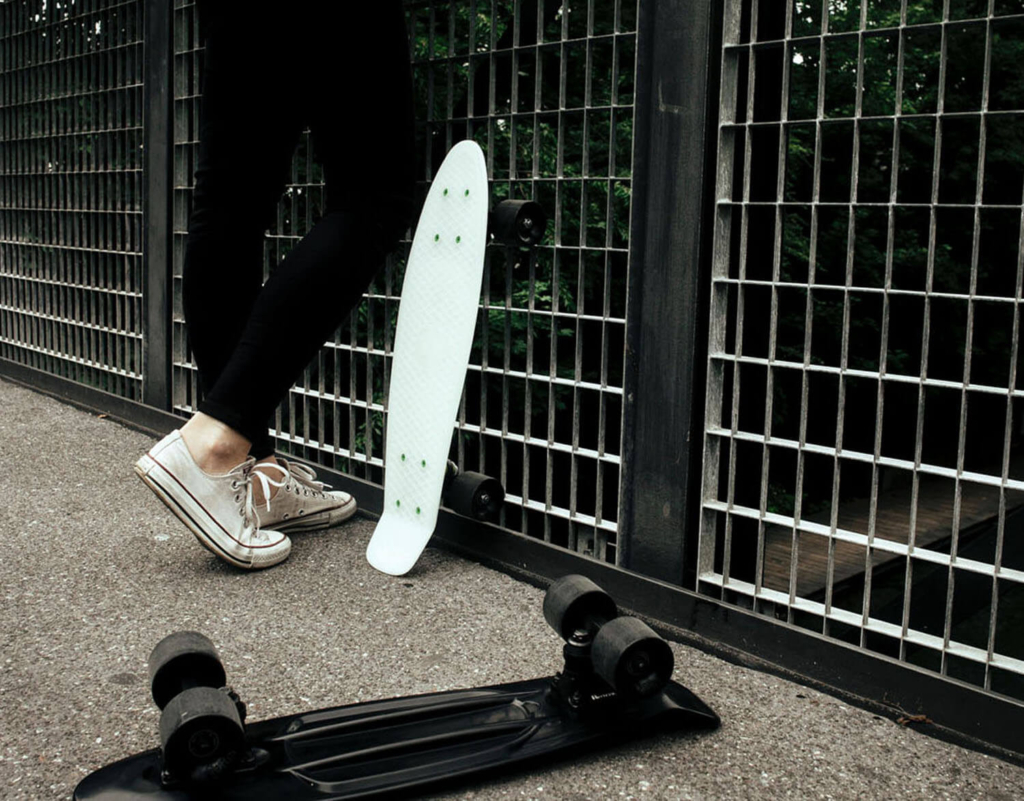
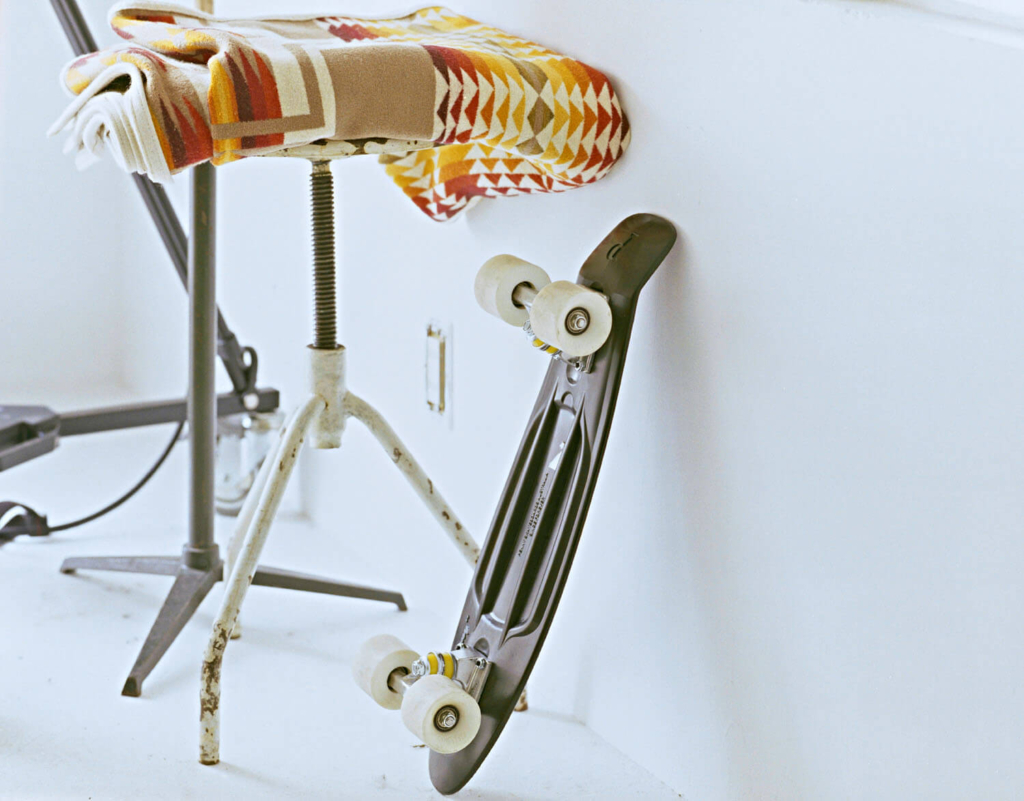
Study any of these cruiser brands, and you’ll note the projection of image over actual product function. Moreover, an intriguing similarity between products is echoed in their respective aspirational brand images: soft-focus nostalgia expressed via Vaseline-smeared photography, graphic design that favours curled or slab serif typography, and promo videos that are all grainy stock, long takes of rolling ‘follow-cam,’ and groovy soundtracks. This approach attempts to revitalise a ‘dead’ product by referencing a vintage ‘beach culture’ vernacular that may or may not have existed, while also suggesting that skateboarding has always possessed an undeniable ‘cool’ factor that sets it apart from other physical pursuits.
Looking at the history, it does seem that the prevailing skateboarding ‘attitude’ was founded in the daring of the activity itself, and amplified by savvy control of design that eschews any of the overproduced imagery or pithy catchphrases that mire much of mainstream sports branding. Instead, skate companies utilise an aloof tone of voice to instigate consumption of a given brand by appearing to be more authentic, seeming to have a deeper connection to the accepted fundamentals of the sport, such as freedom of thought, ‘living to skate’ and the pursuit of excellence in technique and stunts.
What Gives?
For a pursuit that prides itself on evolution, the reappearance of a developmental stage long gone might suggest that skateboarding has exceeded its sell-by date. As such, it would be easy to dismiss the cruiser as rose-tinted reminiscence – but this does not take into account what happens when one stops theoretical deconstruction and starts to assess the physical artefact itself. To ride a cruiser is to discover a perfect synergy of functional components that actually simplify the experience, and make it all about uncomplicated fun. The cruiser’s capacity to glide silently through the streets takes the rider out of their locality and places them firmly somewhere in the good times of Venice Beach, circa 1975.
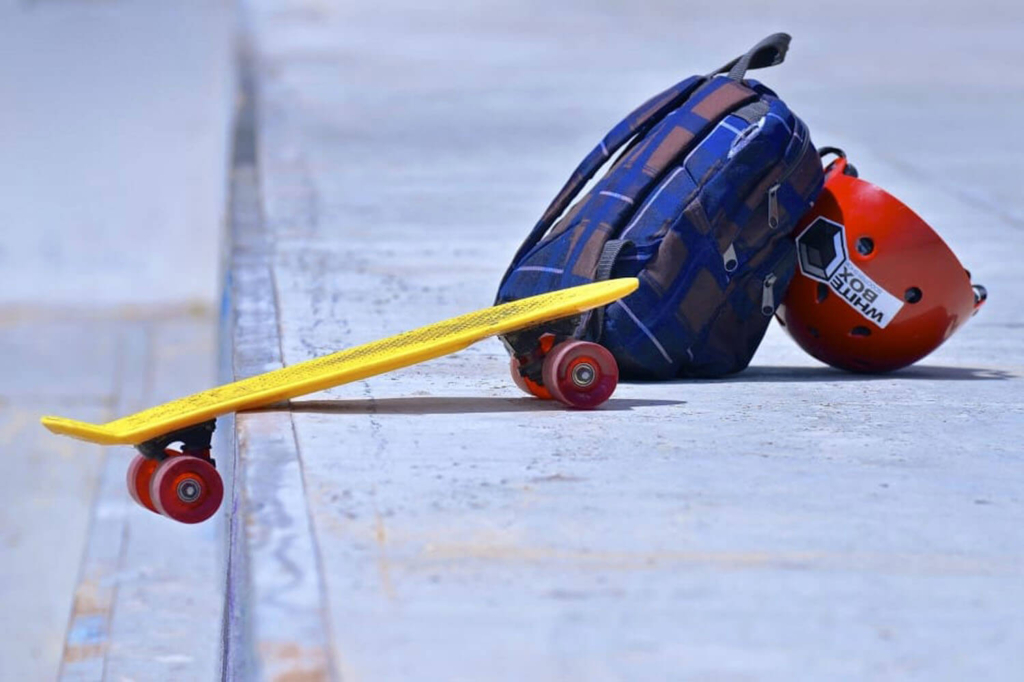
This provision of a literal platform from which to reinterpret the urban environment is what made skateboarding a vital alternative cultural form. But the question still remains: Why has the cruiser resurfaced now?
The answer is difficult to determine. One could point to the current cultural taste for all things retro, but this is too easy. An alternative is that modern skateboarding has been a victim of its own success: Its detached attitude positions it as an exclusive club. To gain entry, one must understand a range of complex codes exemplified in part by the seemingly nonsensical names given to the stunts – factors which doubtless put off many would-be skaters.
Ironically, given the facts of its demise the first time around, perhaps the cruiser is back simply because its retrospective, all-inclusive message presents a much-needed alternative.

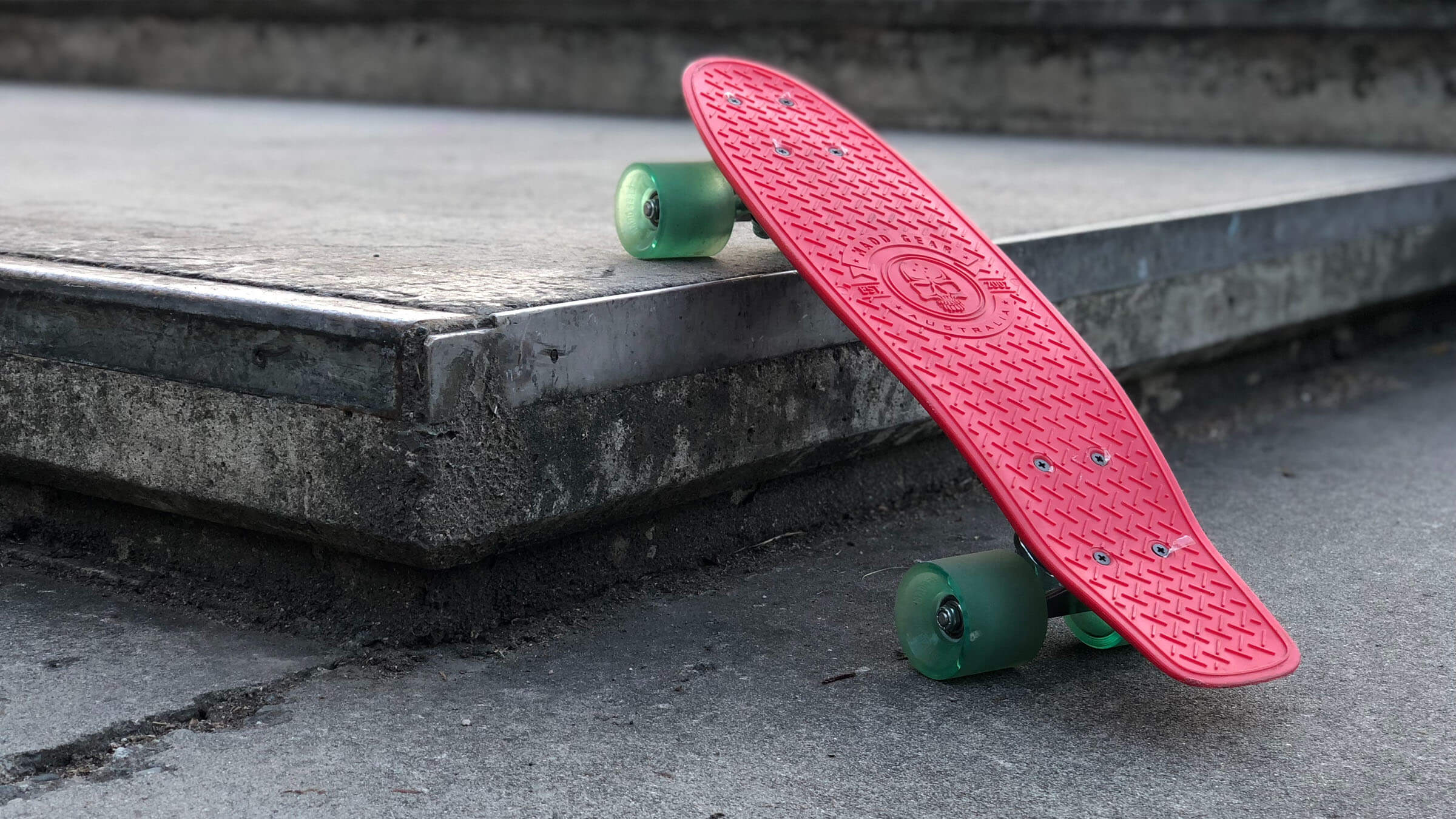












Sorry, the comment form is closed at this time.